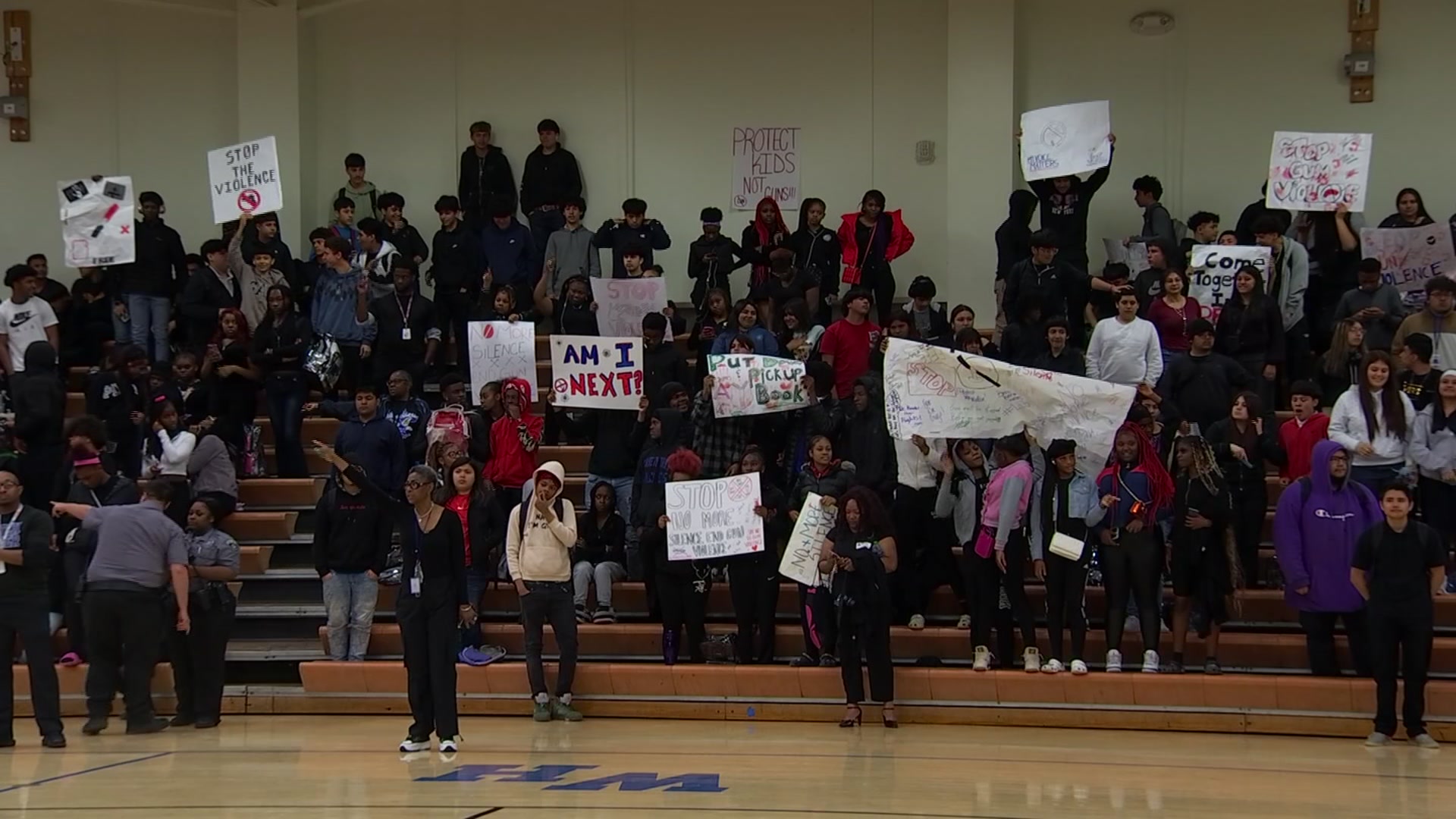The Census Bureau says the U.S. population is 308.7 million, reflecting the lowest growth since the Great Depression.
Census Bureau Director Robert Groves said the figure represents an increase of 9.7 percent over the 2000 U.S. resident population of 281.4 million.
California is the most populous state with 37.2 million residents. Wyoming is the least populous with 563,626 residents.
Since the 2000 Census, Texas gained the most people, up 4.3 million residents to 25.1 million. Nevada has gained the most residents as a percentage of its 2000 census count, growing 35.1 percent to 2,700,551.
The South and the West showed the strongest growth, although the Northeast and the Midwest also grew.
Census Data Shows Texas to Get 4 More House Seats
Texas will get four new seats in the U.S. Congress, more than any other state, according to figures released Tuesday by the U.S. Census Bureau.
Local
The latest news from around North Texas.
The release of population numbers, announced at the National Press Club in Washington, begins what figures to be a politically divisive process in the nation's second-largest state on how to divvy up the seats.
"Texas gained the most seats this decade, a total of four, and indeed that state has gained seats for seven consecutive decades," said Census Director Robert Groves.
Dallas Mayor Tom Leppert said Texas stands to gain influence and a larger share of the federal pie from the added representation the census will bring.
“Those four additional seats do make a difference on individual projects or just be it on issues -- Texas has a much louder voice,” he said.
Texas, which grew by more than 20 percent over the last decade, was one of eight southern and western states that picked up seats in Congress. Ten states, mostly in the industrial Midwest and northeast, lost influence in the U.S. House of Representatives.
Although Texas Republicans have fortified their already strong hold on the state Legislature with landslide victories in the November election, they won't have unchecked authority to draw the state's congressional map to benefit the GOP.
Texas is one of the states whose redistricting plans require "pre-clearance" by federal authorities under the Voting Rights Act, which aims to protect the interest of minority voters.
Because much of the population growth came among Hispanics, who tend to favor Democrats, experts expect at least one or two of the new seats will need to be Hispanic-leaning to clear the federal law.
Dallas Councilwoman Delia Jasso said the growing Latino community hopes to get one new seat drawn to favor a Hispanic candidate in the Dallas area.
“The opportunity is just humongous," she said. "I think it will be a game changer for our community."
Jasso said a Hispanic member of Congress from North Texas could focus on specific needs of the Latino community, such as education.
“And it think someone in a congressional seat who is Hispanic would be able to represent us in that opportunity," she said.
The long-awaited population data is used every 10 years in reapportionment, the process of redistributing the 435 U.S. House seats according to population growth every 10 years.
Reapportionment will be followed by redistricting, the legislative act of redrawing political districts to help elect more members of the party in power. Each district will contain a little over 700,000 people.
Census officials in February will begin releasing detailed demographic data, down to the block level, allowing state legislators to decide how to draw new boundaries for themselves, Congress and other elective offices that are divided up into districts.
NBC DFW's Ken Kalthoff contributed to this report.



